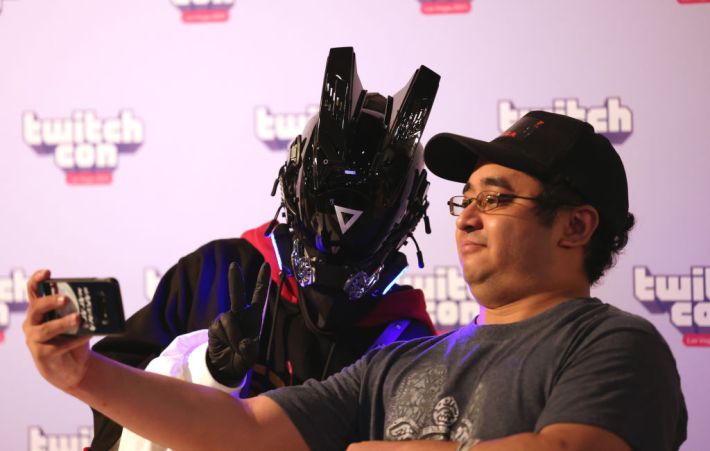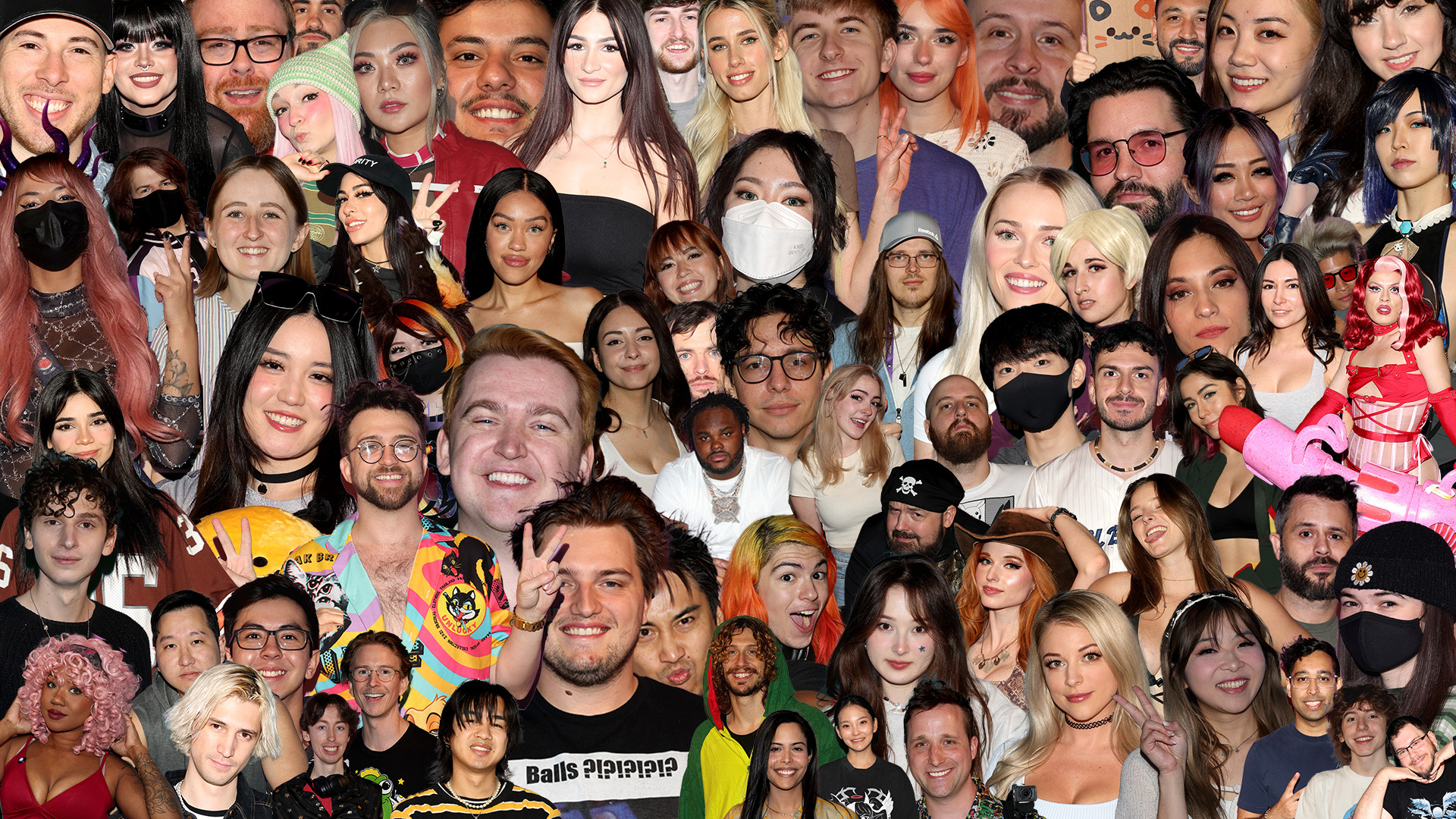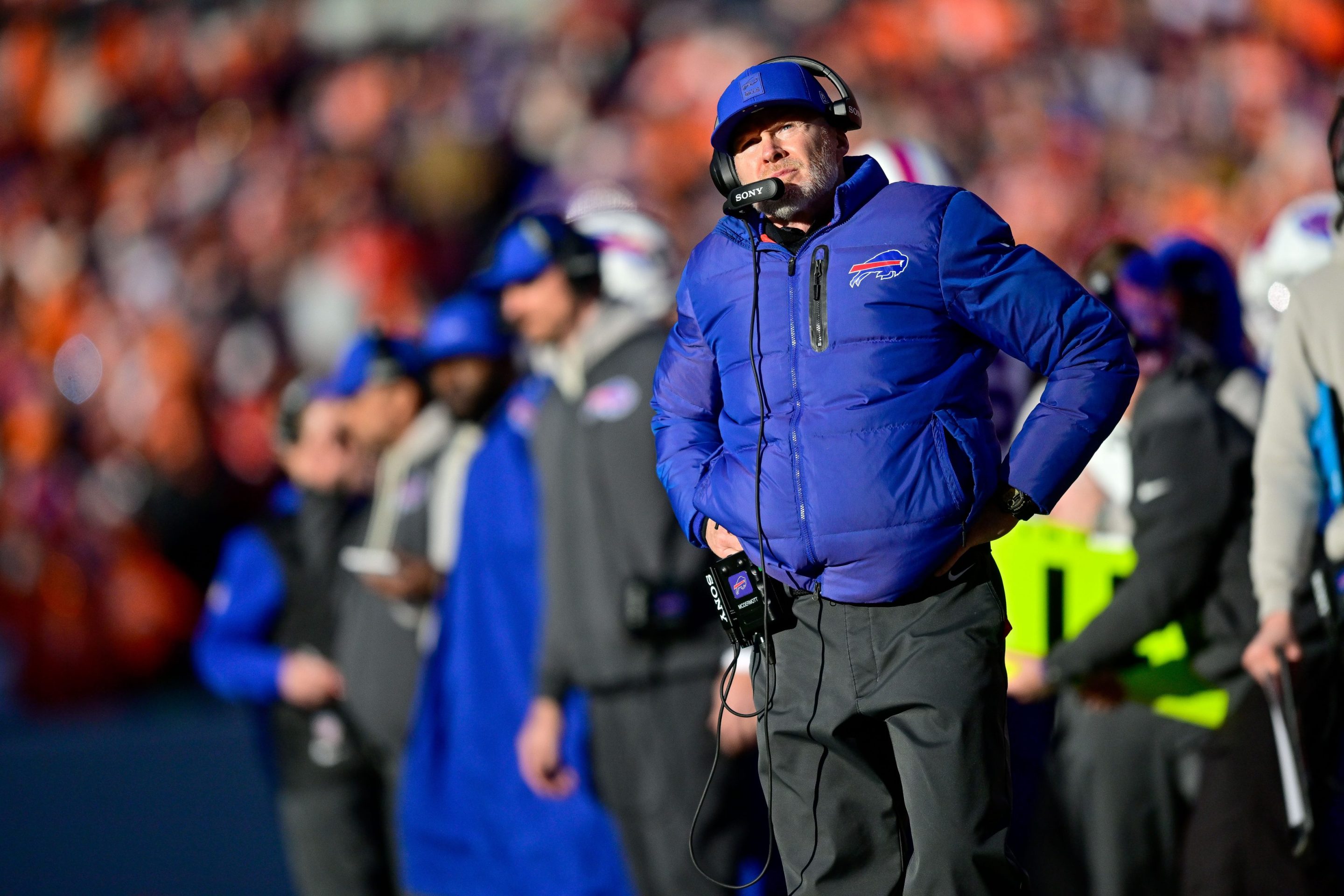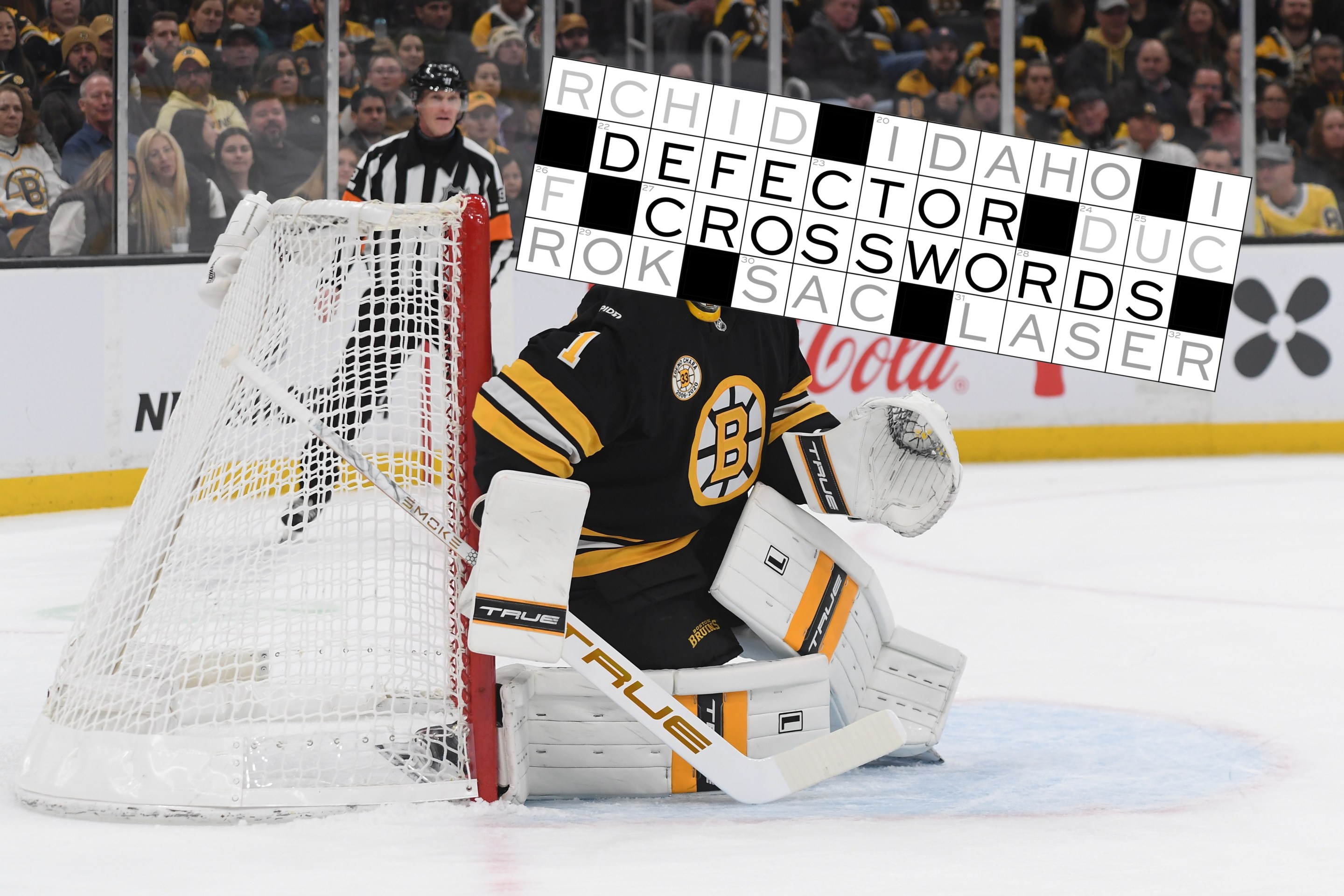In the old days, “gaming” meant the thing that Las Vegas is known for: Gambling. Much of this does not take place in fun or glamorous circumstances, done for a laugh or easily stopped. It happens amid a horrid sea of gargantuan flashing machines, stretching across the carpeted floor of a casino that smells of hotel soap and smoke, where the elderly feed money into an endlessly ravenous maw. Everything there is primed to activate parts of your brain that you have little control over, parts that evolved to let us get good at cracking open coconuts or spotting bugs on leaves and are now directed towards flooding us with rewarding chemicals when we see Good Number On Screen. It is basically pure evil, in the middle of some of the most gloriously wild and precious landscape in America, a delicate and fragile ecosystem that has been bent and broken towards the temporary flourishing of the most wasteful and damaging sort of human settlement ever invented.
Gaming is something else now, something much better. It is video games, not in the sense of those big poker machines but in the sense of Mario and Fortnite. It is a multibillion dollar industry, a cultural force, a whole area of Universal Studios and a source of Hollywood IP machine movies. It is nostalgia for childhood, a thing to do on the bus, a way to hang out and make friends. It can be art, and it can be cheap bullshit. It shares some features with that old meaning of gaming—an inherently pointless nature, psychological tricks designed to keep us wanting more, predatory profiteering off the same—but it is mostly something totally different. For a start, it is legal everywhere; you don’t have to travel to the desert or a Native American reservation to be allowed to play Super Mario Bros Wonder. And most people aren’t doing it with the hope of making money.
Not so at TwitchCon, which was held Oct. 20-22 in Las Vegas. Though many of the thousands of attendees were fans hoping to meet their favorite streamers, many more were streamers themselves. Most of these people will never make millions. Many of them will never even cover rent. Yet these streamers are the real powerhouse of Twitch, the streaming platform owned by Amazon: Not the endless wasteland of zero-viewer streams, nor the stars with tens of thousands of concurrent viewers, but the streamers who have a regular viewing audience of tens or hundreds, day in, day out. Why did they come here? What did they hope to gain? Or was it just another big gamble?
“How does it make money?” is the first question most people have about Twitch streaming, and it’s one I’ve encountered many times in the seven months since I started doing it. My friends and family strain to see why someone might give you money because you’re playing a video game, and I do my best to justify it: Well, they get things when they donate, like a clip of me shooting hoops (mostly misses but some hits). They hear their username read out when I thank them. If they subscribe, they don’t see ads anymore; if they really like the stream, they might pay to gift that ad-free viewing experience to others in the chat. I see my friends’ faces when I explain this, and the mix of bewilderment and fading interest is understandable. Most people can’t even see why you would want to watch someone else play a video game instead of just playing it yourself. It doesn’t make sense until you’re part of it, and even then, it often seems pretty stupid. But once you’re in, it’s the only thing you want to do. The Twitch streams I watch every day, and spend money on, are not just an idle distraction; they are community and friendship. I have the Twitch Mind Virus, and I am happy with it.
Having this knowledge meant I didn’t really need much convincing when TwitchCon attendees told me that even if they were here to network a bit, or learn more about how to make money, the real reason they came was to meet others in their online community. Noah O’Neill streamed for a couple months but doesn’t anymore because, as he put it, “It’s hard to do it. You don’t just turn the camera on and there’s a thousand people watching.” But he liked talking to other people while gaming and still loves watching his friends on Twitch, some of whom he met through streaming, who he came to meet in the desert. I met Twitch friends there, too. TwitchCon was, at the very least, the most wholesome thing in Las Vegas that weekend.
In the exhibit hall on the first morning, hundreds of people waited in line for pre-booked "meet and greet" slots with the biggest streamers, whose names all seemed to be things like Gromp or XBunko to me, an ancient 33-year-old. TwitchCon badges bore colored markers indicating which type of streamer and attendee you were: Purple for partners, a rank attained by streaming for over 25 hours on at least 12 different days, with 75 viewers on average in a 30-day period. Pink badge markers for affiliates, for which you need to stream for eight hours on seven different days and have an average of three viewers in a 30-day period. And finally blue for “community,” or viewers. The most common color I saw was the pink affiliate badge. Affiliates have streamed enough to be allowed to monetize their channel, but are usually not big enough streamers to make reliable income. Most make basically nothing.
Arman Ramos, who streams under the name GewtNewt, attended his second TwitchCon this year. I caught up with him in line for a meet-and-greet with Ariasaki, a prolific Twitch streamer with over 600,000 followers and usually over a thousand concurrent viewers. Ramos has been streaming since 2018, and he usually gets just a few viewers. I detected some understandable frustration at the situation small streamers face. It means “sacrificing so much time, so much money, so much effort into something that could just never happen.” It means “putting in at least 300 percent of your worth, and you’re getting about five percent back in returns.” But Ramos, like almost every other streamer I spoke to, isn’t just in it for the chance to make a career. It was “the feel of pressing the ‘live’ button” that brought him to streaming in the first place, but what made him stay was “the camaraderie” and his community. His stream has “a small handful of people who are undyingly supportive, and I just love that.”
Most streamers I spoke to expressed two equally true opinions that can be hard to reconcile: They’re doing it for the love of their communities, and they’re also doing it for the money—not necessarily the money they currently earn, but the money they hope they could earn doing it, one day. Ramos said he “always tells chat” that he would do it “every day, if money was no issue.” Trever Latham, who said he streams Escape from Tarkov every day before work, hopes “it could grow into something bigger” and be his full-time job—after all, that’s “the dream of everybody,” he said. Yet he also said he “stopped caring about it becoming a full-time job a while back.” If the opportunity arose, he would “take that and run with it.” Until then, it’s just fun. He and his friends “meet up every morning and have a blast” playing Tarkov. Would he do it if he knew that he would never make it a full-time job, I asked? “Absolutely.”
Everyone seemed pretty clear-eyed about their chances. But if they really understood how unlikely it was, why were they here?

A few hours into TwitchCon, Partners and Affiliates—no one else was allowed—crowded into a Q&A event featuring Jeremy Forrester, VP of community products like subscriptions, and Mike Minton, the head of monetization. I was expecting a contentious atmosphere at a panel on making money off Twitch. Last year, the New York Times reported that “rebellion was in the air” at TwitchCon in San Diego, as big streamers chafed at Twitch’s decision to cut subscription revenue for streamers above their first $100,000. It hasn’t gotten dramatically easier to make money on Twitch since then. But few of those who stood up to ask questions at this panel expressed any real anger at the platform. There was no “fuck you, pay me,” no questions about increasing the revenue split at all. Some even expressed their gratitude for changes Twitch had already made, or for it existing at all. Their questions were largely requests for minor changes or features that would allow them more control over who saw their streams.
The buzzword was “discoverability.” Multiple streamers mentioned it to me in interviews, and some asked about it at the panel; one had concerns that the algorithm was favoring only those who already had a large audience. It’s an attractive idea, the thought that the thing standing between you and success is just being seen. If only those viewers had your stream put in front of them, they would stick around, come back for the next one, and start giving money.
It’s somewhat convenient for Twitch that so many streamers see discoverability as the key to their success. Twitch can always introduce features that promise to help streamers get discovered, like the clip editor that allows you to create vertical video for TikTok or other platforms, but no one can ever really say whether their stream isn’t doing well because it’s not being seen, or because it isn’t good enough. Not knowing that keeps you coming back, until you can’t anymore. Twitch might not make much money on your stream, but if there’s thousands of people like you, making a little bit of money, all those little bits adds up for them, if not for you.
So how do these streamers go about trying to make it? For most people, it’s a matter of just grinding it out until it works. Aly, who declined to share her last name, has streamed on her channel every single day since July 2020. Some of those streams are just 20 minutes in the morning; others last hours. The day I spoke to her at TwitchCon was no exception. That morning, she unpacked groceries and did her makeup on stream. She likes to maintain a quiet, “peaceful” atmosphere in her streams, though sometimes she plays games, and can be “sassy” with her chat.
Aly wants to make a career of streaming—she left her work in business consulting, and is now learning to bartend in addition to her streaming income—but she said she would do it anyway, even if the money never came. “I just need one person” watching, she told me. Aly is also a prolific viewer—in fact, she sometimes listens to streams while she is streaming herself.
Right now, Aly is doing all this to an average of 30 or so viewers, which is relatively good, but far behind what profitable full-time streamers get. Aly said she would prefer not to rely on Bits (a form of Twitch currency, which viewers purchase at a slight markup and can then use to interact with streamers) or subs for revenue; “I would rather lean into advertisements, or find a business I want to work with.” This path takes a lot more work outside of streaming than those who can convert their viewers into subscriptions and Bits.
With Twitch taking 50 percent of all subscriptions, the numbers you need to make that work are daunting—at least several hundred subscribers per month. Even if you qualify for Partner Plus, a new program that grants streamers who have more than 350 monthly recurring paid subscribers a 70 percent cut of that revenue, you would still need about a thousand subscribers paying the minimum tier of $4.99 per month to make $40,000 per year. After data on Twitch’s payouts to creators leaked in 2021, one analysis found only the top 1,332 streamers on the entire platform made at least the US median household income. Streamers below that level are far less likely to have the sort of off-platform sponsorship or ad deals that can add significant income. Most streamers will not succeed, if becoming a full-time streamer is what success means. Yet they came anyway, spending hundreds of dollars on tickets and travel and hotels, even though the odds are stacked against them. Welcome to Vegas.
HCJustin has been streaming on Twitch almost as long as Twitch has been Twitch—since 2011, when the website was spun out of Justin.tv—and streaming as a full-time job since 2014. Twelve years in, Justin is “a little disillusioned” with Twitch, he told me in an interview last week, which is part of why he missed this year’s convention for the first time since 2017. Fewer friends of his are going these days, and he overall feels “less a part of it” than he used to.
Justin is also “more comfortable” with streaming than ever, at least in the sense that it feels more stable. For years, he told me, he “expected it to just suddenly stop.” Today, he knows it won’t “disappear tomorrow”—maybe. That sense of stability has been built by Justin’s demanding schedule, and he worries that if he ever lets up, the stability will crumble. He streamed approximately 219 hours over the last 30 days, according to StreamCharts. Recently, he said, someone in his chat told him that he hadn’t taken a full day off streaming since June. He can’t remember the last time he took a vacation that wasn’t related to streaming in some way, or that didn’t include at least some days of streaming.
It’s a difficult conundrum: Have I "made it" enough that I can start to take time off? Or have I only made it because I never take time off, and will it all go away if I do? “It’s a 50/50,” said Justin. “I still enjoy it, so it feels okay to do, but there’s always that fear in the back of my head of, you can’t take more than a day or two at a time, because people will find somewhere else to go.” There’s no paid time off, no medical leave, no HR department for Twitch streamers—let alone health insurance or a 401k match—or any of the other benefits that a full-time job can provide (although, in America, it often doesn’t).
Most streamers, Justin said, go in with the mindset that “you get in, you make tons of money, you get out.” He has had the opposite experience. A few years in, he realized, “Tons of money isn't coming, but decent money's coming,” so he could “just kind of do this until it stops happening.” And it hasn’t yet. This year was Justin’s biggest revenue year yet. For his birthday in March, he hosted a "subathon"—an event in which the stream doesn’t stop until a certain goal is met—and streamed for over a month straight, even keeping the camera on while he slept or went to the store. He brought in as much money in that time as he did in the whole of the previous year, and at one point, he said, he was the among the biggest channels on Twitch by number of subscribers. Justin said he talked to his grandma after it ended, who was excited for him, thinking that Twitch would recognize his success and open more doors for him. “They don’t even know this happened,” Justin told me. “No acknowledgement from anyone at Twitch.”
That’s not to say that Twitch should be sending out the gift baskets every time someone has a good month (though that was a really good month). But it is a mark of how things have changed since Justin started streaming. Successive rounds of layoffs have cleared out staff that longtime streamers like Justin had befriended—he estimated he knew “20 or 30 people who got laid off in the last few years.” Years ago, Justin and other Partners had a representative at Twitch whom he could contact with questions; that’s no longer the case.
Max Gamble, who has been streaming for 10 years as Aplatypuss, has enough years under his belt to have seen these sorts of changes. At TwitchCon, he told me still “loves Twitch,” both the company and the platform, but things were undeniably different when he attended the first convention in 2015. Back then, the parties were “about the size of one and a half McDonalds,” and he knew “almost everyone that worked at Twitch.” They “wanted to talk to us,” they attended the parties, and “it was just so fun, because it was one-to-one.” Not so much now, although he still “gets good vibes” from Twitch, and isn’t “afraid of the future” for Twitch.
Like most streamers, Gamble’s success depended on two things: Being good, and a huge stroke of luck. His career began when Gamble attended a League of Legends LAN party in LA held by a streamer, PhantomLord, who asked him to “sit in front of the camera for two hours” while he went to “do shots at Applebee’s.” Thousands of people watched. HCJustin became a Twitch Partner after a high school friend who was “a pretty big creator” reached out to make YouTube videos with him—except, according to Justin, the friend had him mixed up with someone else. He did it anyway, and the videos were “his first boost.” Every time something like that happened, Justin said, it had “fallen in [his] lap.”
The other half of the equation is putting in the work, hours and hours a day, until lightning strikes. Gamble put it succinctly: “There’s a lot of luck. You’re rolling the dice. And the more you do it, the more dice rolls you do. And maybe even the more polish” your stream has, “the better dice you have.” But rolling the dice isn’t free, at the casino or on Twitch. There’s the investment in equipment, the time spent not doing other things. More than anything, there’s the mental exhaustion of putting yourself out there, testing the world, saying: Am I good enough? Do you like me? If you like me, why aren’t you paying me? As long as enough people keep trying, Twitch will keep making money.
Most of the thousands of streamers at TwitchCon will never make enough to live off it. Yet they still love Twitch, enough to spend hundreds of dollars and travel to a sunbaked concrete mall of a city. Undoubtedly some of those did this with money on their mind, hoping that the investment would pay off in the form of personal connections, sponsorships, or secret know-how shared at panels. What was surprising was how many of them said they primarily came to see their friends, friends they made watching streams or while streaming themselves. I could hardly get through two questions in my interview with Gamble without another streamer popping by to say hello to him, compliment his colorful shirt, tell him what they were up to next.
One might imagine that a convention for people who spend a lot of time on the internet and playing video games might be a sad collection of thousands of loners, and the reason it wasn’t is exactly the innovation at the heart of Twitch: Chat. It’s not just watching a live feed of a video game, but talking about it with other viewers, reacting and sharing. It's a watercooler conversation about your favorite TV show, but in real time, and sometimes the characters themselves chat back. It’s the knowledge that someone else out there wants to talk to you and remembers who you are in an otherwise lonely world. Of course it can be toxic, just like any internet community. When it isn’t, it’s the best thing in the world.
Perhaps this is why the medium-size streamers stay. Far more than the biggest gaming streams, where chat usually moves too fast and is too inscrutable to offer much human connection, a stream with a few dozen or hundred regular chatters becomes a community fast. Gamble had started out playing League of Legends, and when he stopped, many viewers dropped off. He was “so depressed,” feeling that “people only watched me for League.” But he rebuilt, in part because his wife was diagnosed with cancer, and he felt he needed to “step up.” And it worked: He said he now averages about 800-1,200 concurrent viewers on a stream. Now he streams what’s known as “variety,” which is when a streamer plays multiple games, whatever they want. “That’s the dream,” Gamble said: To have people watch your stream for you.
The warm feeling of seeing my regular chatters say hello, seeing them connect and learn about each other’s lives, isn’t what helps me pay rent, but it is what keeps me doing it. I’ve made real-life friends from Twitch; I’m flying to Australia to see two other streamers get married, people I met through being in another stream’s chat. This wouldn’t have been surprising to anyone I talked to at TwitchCon. Almost no one who went is making what they deserve from the hours they put into Twitch, and a lot of them are not even that mad about it—certainly not mad enough. But it’s not easy to just stop. As Ramos told me, you “build your whole identity around it, it meshes yourself with you, and it’s a piece of you that you just can’t let go.”
When Twitch announced its revenue sharing cuts last year, many saw it as a sign of a bigger shift. “The soul of Twitch is gone,” streamer Brandon Stennis told The Verge at the time. The site that used to value its creators and community so much was turning into just another way to fuck people over for money. The phrase at Twitch was always that its community would “bleed purple,” because they loved it so much. They still do. The thousands of people at TwitchCon do. But how long can you go before you bleed out?






